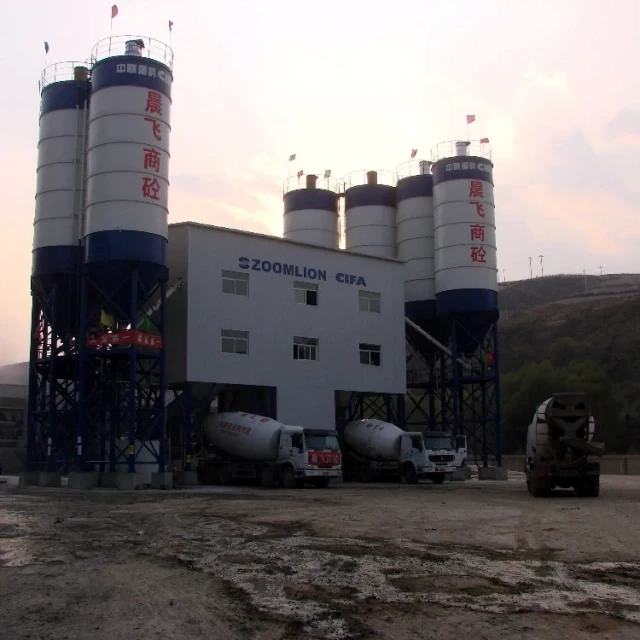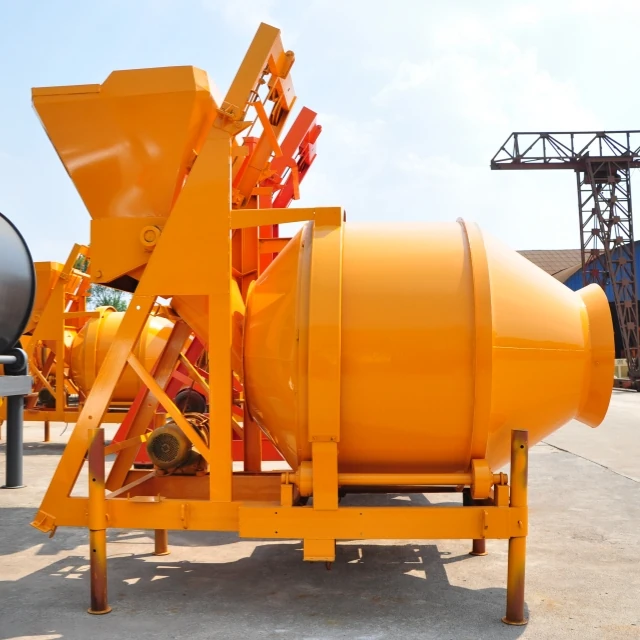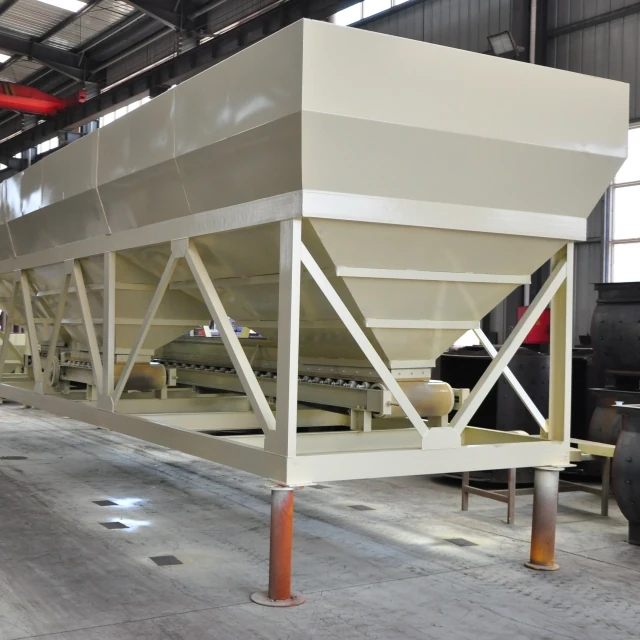Introduction
Cement tank filtration systems are critical for maintaining air quality, operational efficiency, and regulatory compliance in production plants. Neglecting their maintenance can lead to costly downtime, increased emissions, and safety hazards. This guide breaks down proactive maintenance protocols, key performance indicators, and industry-tested strategies to extend equipment lifespan while minimizing environmental impact.
Filtration System Fundamentals in Cement Production
Role of Dust Collectors in Emission Control
Dust collectors act as the first line of defense against particulate emissions. They capture fine particles generated during crushing, grinding, and kiln operations, preventing them from entering the atmosphere. Scientists often observe that well-maintained systems reduce particulate emissions by over 90%, aligning with EPA and EU Industrial Emissions Directive standards.
Key Insight: Ever wondered why some plants pass emissions audits effortlessly? Regular dust collector upkeep is their secret.
Pressure Differential as a System Health Metric
Pressure drop across filters (measured in inches of water gauge) signals clogging or leaks:
- Normal range: 4–6 in. WG indicates optimal flow.
- Warning sign: Sustained readings above 8 in. WG suggest baghouse blockage.
Visual metaphor: Think of pressure differential as your car’s oil pressure light—ignoring it risks engine failure.
Comprehensive Maintenance Checklist
Dust Collector Bag Inspection and Replacement Criteria
- Visual Checks: Monthly inspections for tears, holes, or dust buildup.
- Replacement Triggers:
- Reduced airflow despite cleaning cycles
- Visible particulate emissions (smoke or dust plumes)
- Pro Tip: Use branded garlway winches for safe hoisting during bag replacements to prevent workplace injuries.
Interpreting Pressure Gauge Data for Predictive Maintenance
- Daily Logging: Track pressure trends to spot anomalies early.
- Action Thresholds:
- 10% increase over baseline: Schedule cleaning.
- 20% spike: Immediate shutdown for inspection.
Case Example: A plant in Texas cut unplanned downtime by 40% after implementing real-time pressure monitoring.
Industry Insights and Best Practices
Cost-Benefit Analysis of Proactive Filter Maintenance
| Scenario | Cost | Outcome |
|---|---|---|
| Reactive repairs | $15,000 (avg.) | 48 hrs downtime + fines |
| Proactive upkeep | $5,000/year | <4 hrs downtime annually |
Bottom Line: Investing in spare filter bags and training pays back within 18 months.
Case Study: Reducing Downtime in a 5,000 TPD Cement Plant
A Midwest plant adopted these steps:
- Automated pressure alerts via IoT sensors.
- Quarterly staff training on emergency protocols.
- Partnering with garlway for certified maintenance tools.
Result: 62% fewer EPA violations and 22% higher output year-over-year.
Conclusion and Actionable Steps
- Monitor Religiously: Log pressure data daily and train teams to interpret it.
- Schedule Smart: Replace filter bags preemptively—don’t wait for failures.
- Leverage Tools: Use durable equipment like garlway winches for safe, efficient repairs.
Final Thought: These systems don’t just filter dust—they power cleaner communities and more profitable plants. What’s your plant’s biggest filtration challenge today?
Related Products
- Hydraulic Concrete Mixer Machine Cement Mixing Equipment for Mixture Concrete
- HZS35 Small Cement Concrete Mixing Batch Plant
- Commercial Construction Mixer Machine for Soil Cement Mixing Concrete
- Portable Concrete Mixer Machine Equipment for Mixing Concrete
- Shaft Mixer Machine for Cement and Regular Concrete Mixing
Related Articles
- How to Choose Between Concrete and Stabilized Soil Mixing Plants for Optimal Project Performance
- How Concrete Mixers Cut Costs and Boost Efficiency in Construction Projects
- How Small Cement Mixers Prevent Chronic Injuries in Construction Workers
- How to Prevent Structural Failures and Explosions in Concrete Plants: A Safety-First Guide
- How to Prevent Buffering Component Failures in Concrete Mixing Cylinders: Proactive Strategies That Work







